Made according to the aesthetic canons of the 19th century, the work is part of the historicist movement that, in the second half of the century, celebrates the great national and patriotic figures, while combining academic rigor and romantic expressiveness.
Jeanne is represented in a standing position, her torso slightly turned, in a dynamic posture that reflects the movement and tension of the heroic moment. His right arm is folded towards the chest, the other firmly holding an axe, the central attribute of his legend. The bronze treatment reveals a great control of the material: the heavy and deep folds of the skirt, the tight lacing of the bodice, the ankle boots with sharp lines and the undulating hair framing a concentrated face are rendered with a remarkable fineness of chisel.
The modeling of the face combines softness and determination. The traits are idealized without losing emotional intensity, typical of the taste of the nineteenth century for a heroic and moral beauty. The brown patina, homogeneous, subtly polished on the reliefs, accentuates the play of shadow and light, giving the whole a silent monumentality.
Jeanne stands on a structured base evoking the steps of a rampart - an architectural element that anchors the scene in its historical context while offering a theatrical basis for the staging of the character.
Beyond the historical evocation, this work is a manifesto of civil courage and the role of women in the defense of the city. Bronze, a noble and perennial material, reinforces the timeless character of Jeanne's gesture, erected here as a figure of virtue, resistance and popular heroism.
Historical context
In 1472, while the troops of Charles the Bold besieged Beauvais, Jeanne Laisné, a young inhabitant of the city, seized an axe and pushed back a Burgundian soldier trying to hoist his banner on the ramparts. His act galvanizes the defenders, and the siege is lifted. King Louis XI, in recognition, exempted the city from certain taxes and ordered an annual procession to celebrate this act of bravery. Since then, Jeanne Hachette has become the symbol of popular resistance and the ability of women to defend the homeland in the same way as men



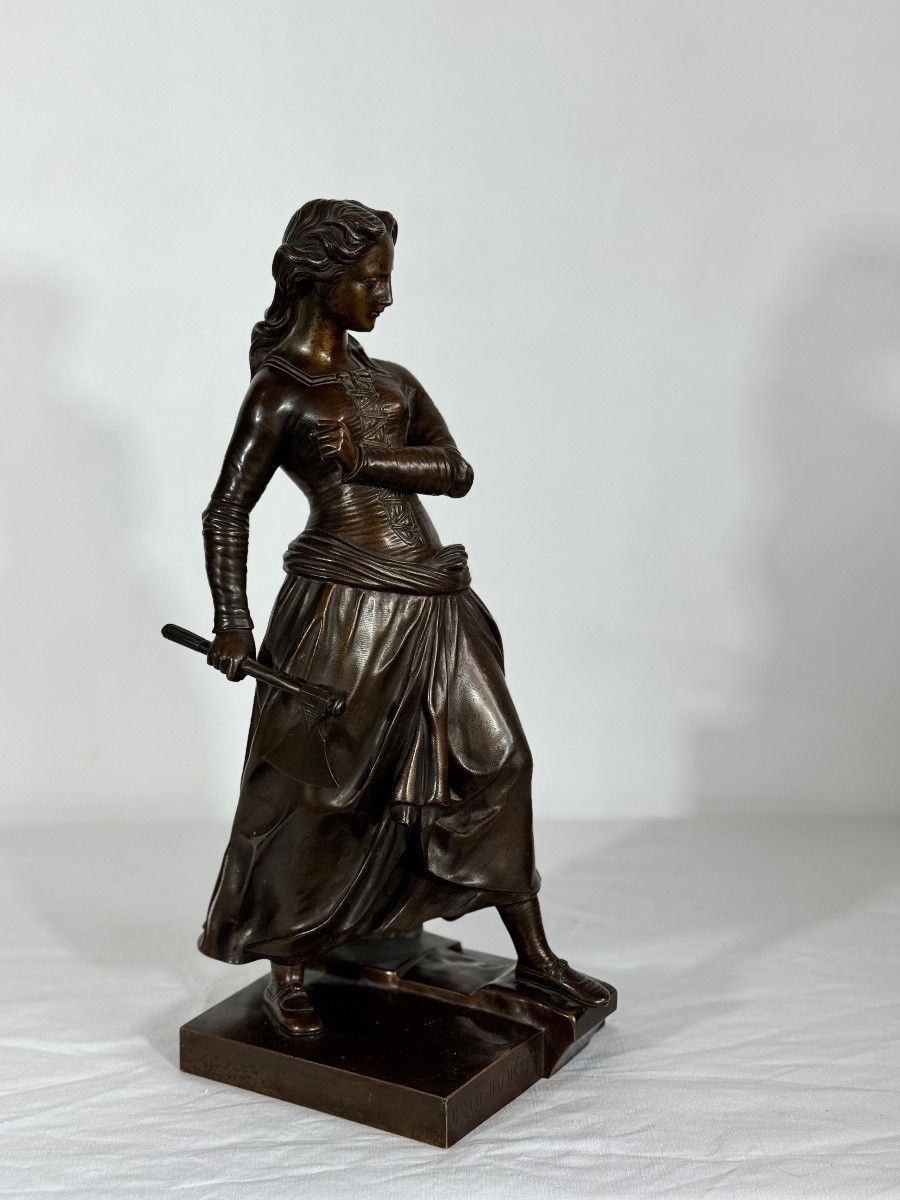

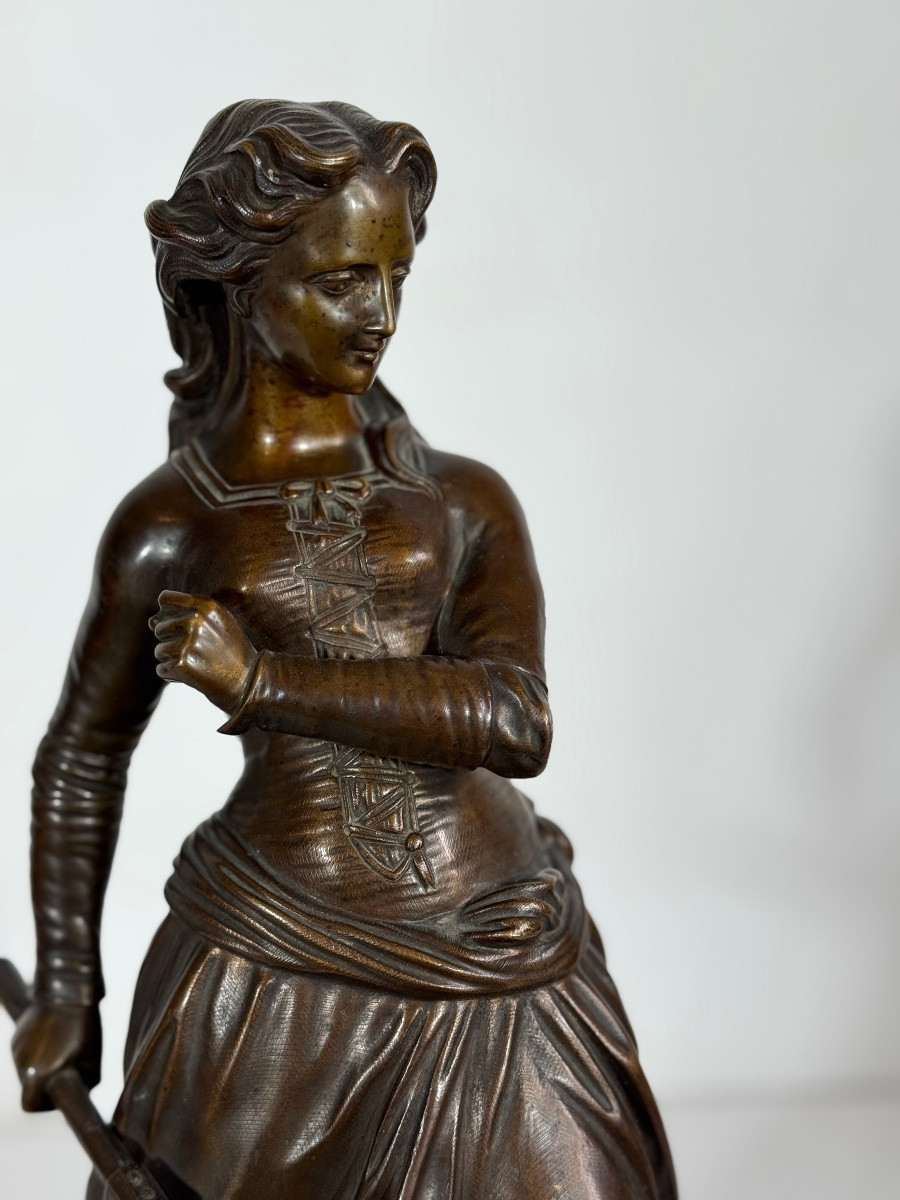




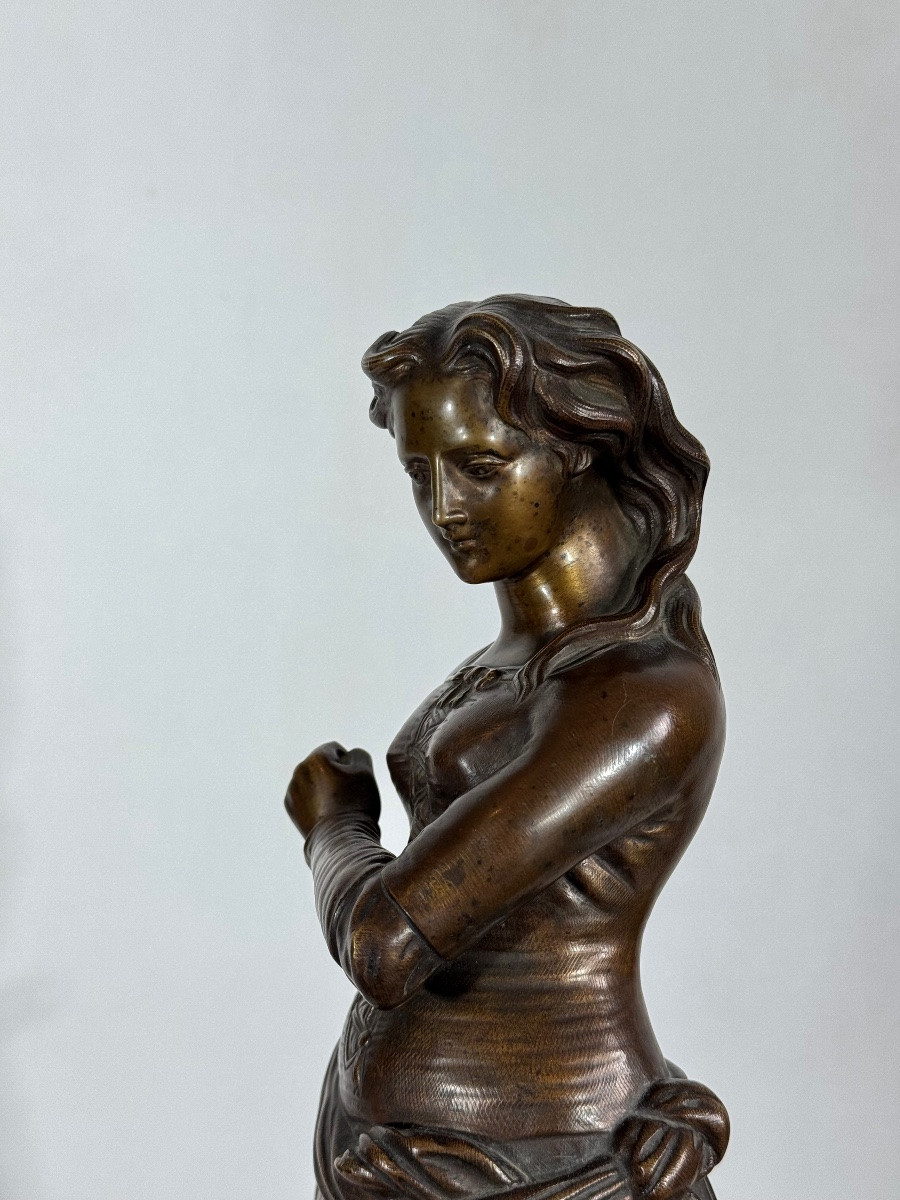
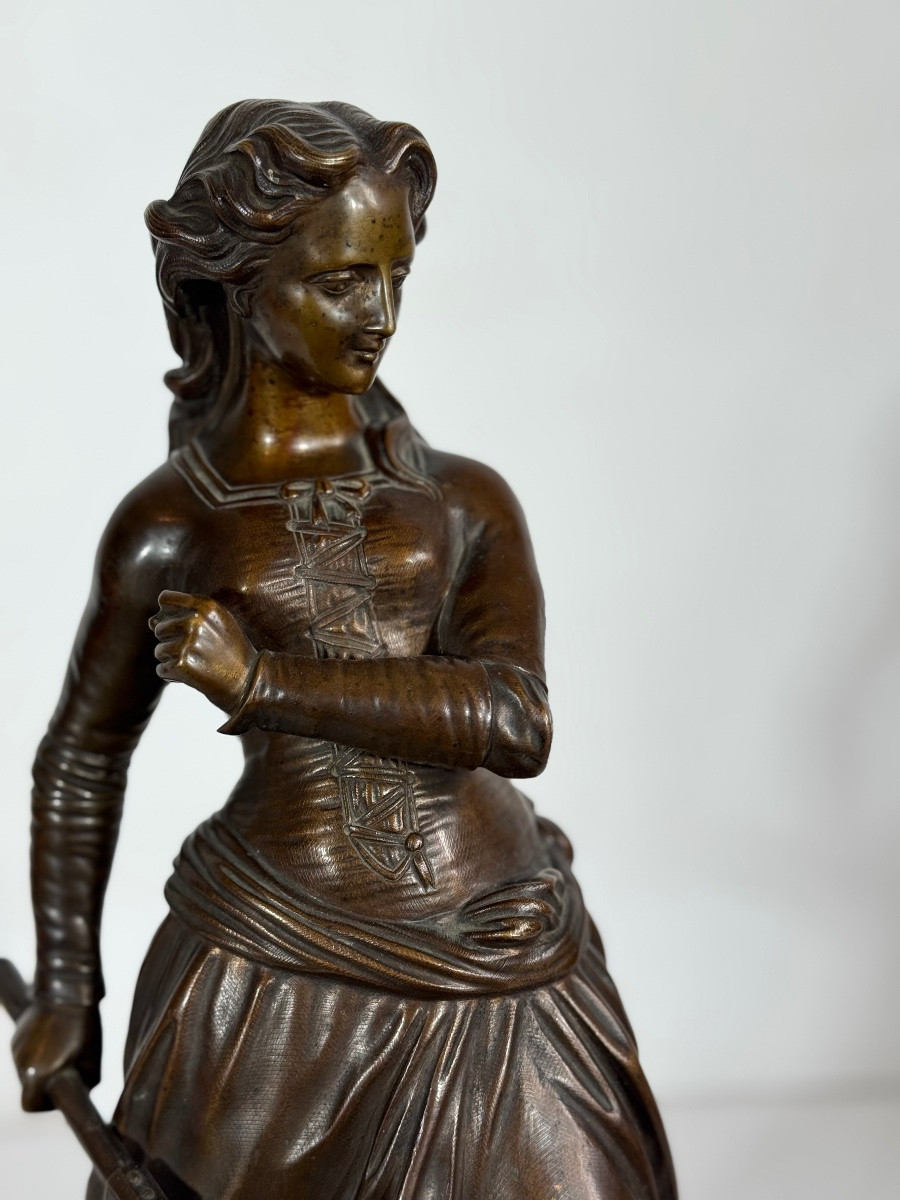
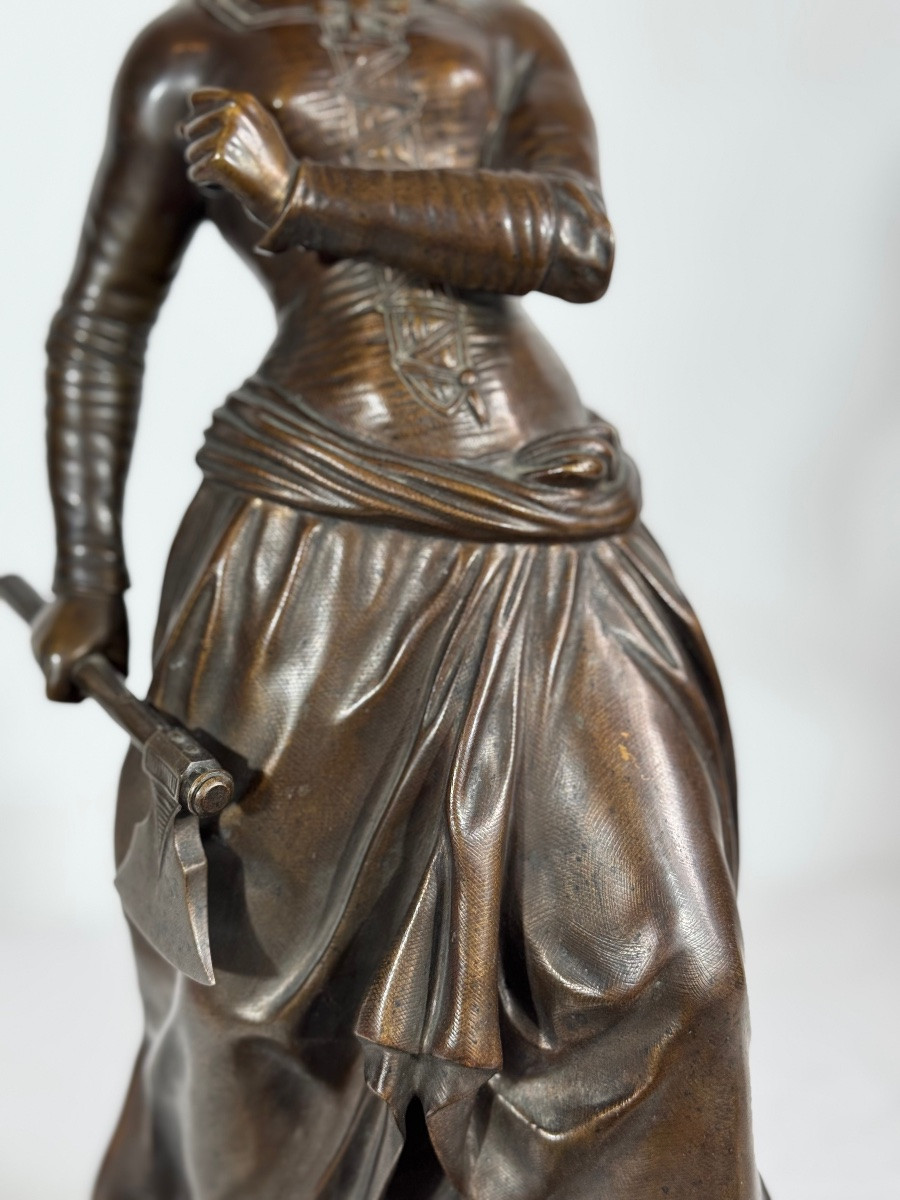
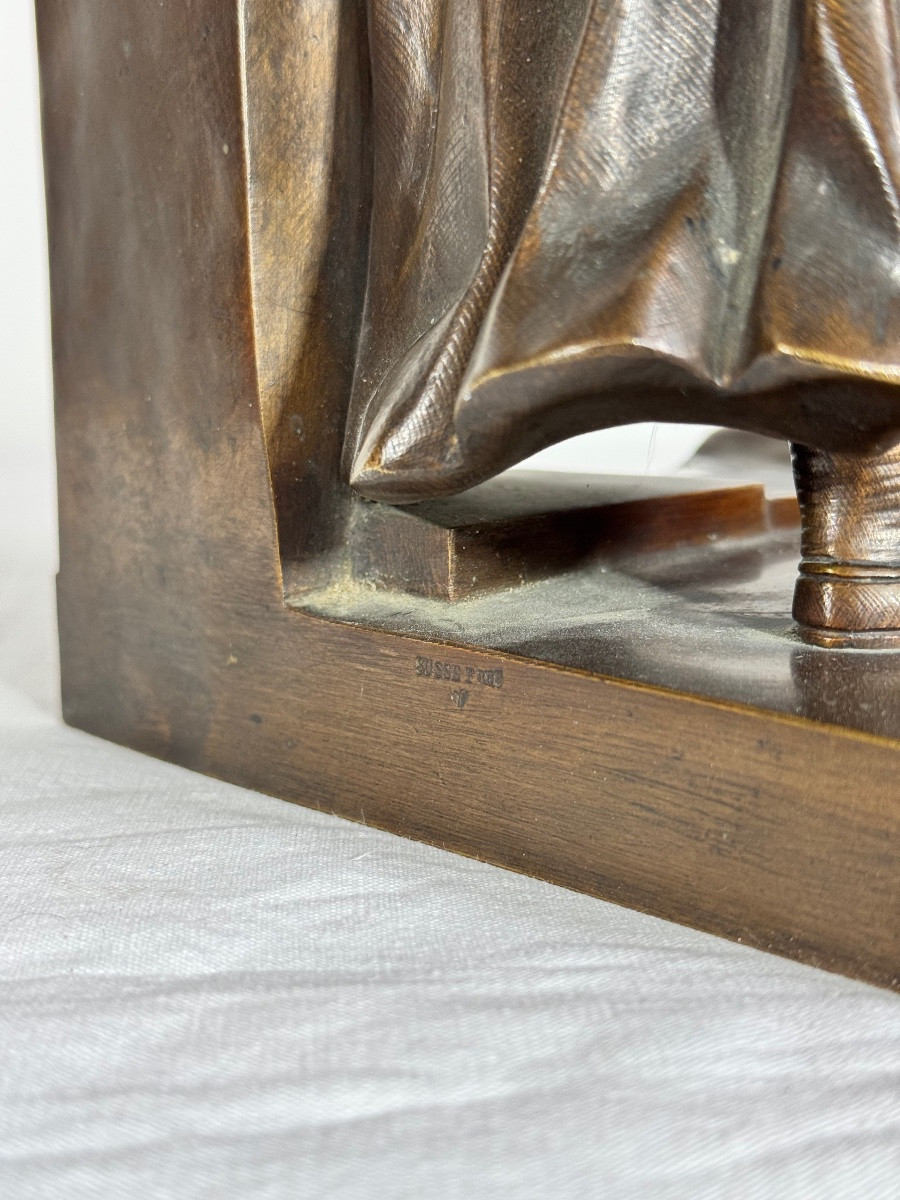













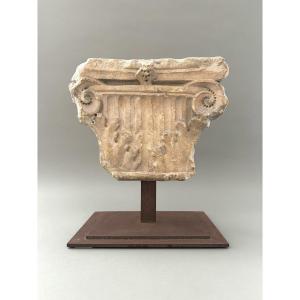

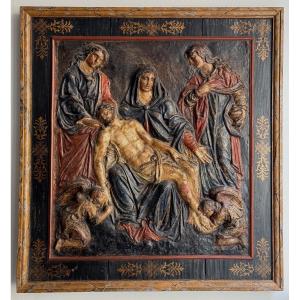


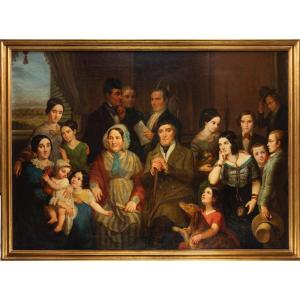




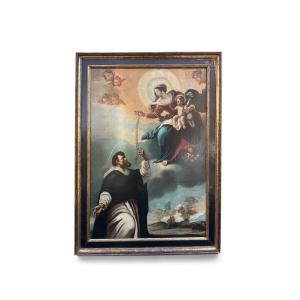
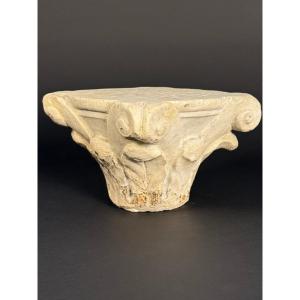


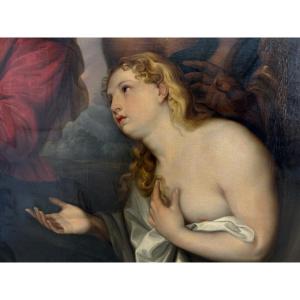


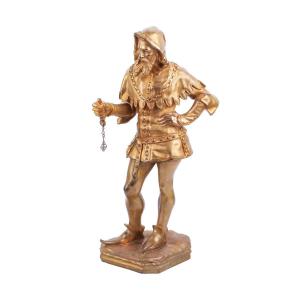

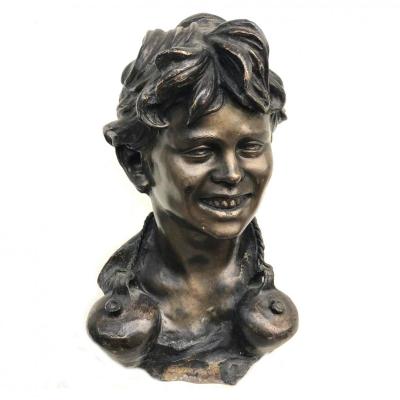



 Le Magazine de PROANTIC
Le Magazine de PROANTIC TRÉSORS Magazine
TRÉSORS Magazine Rivista Artiquariato
Rivista Artiquariato